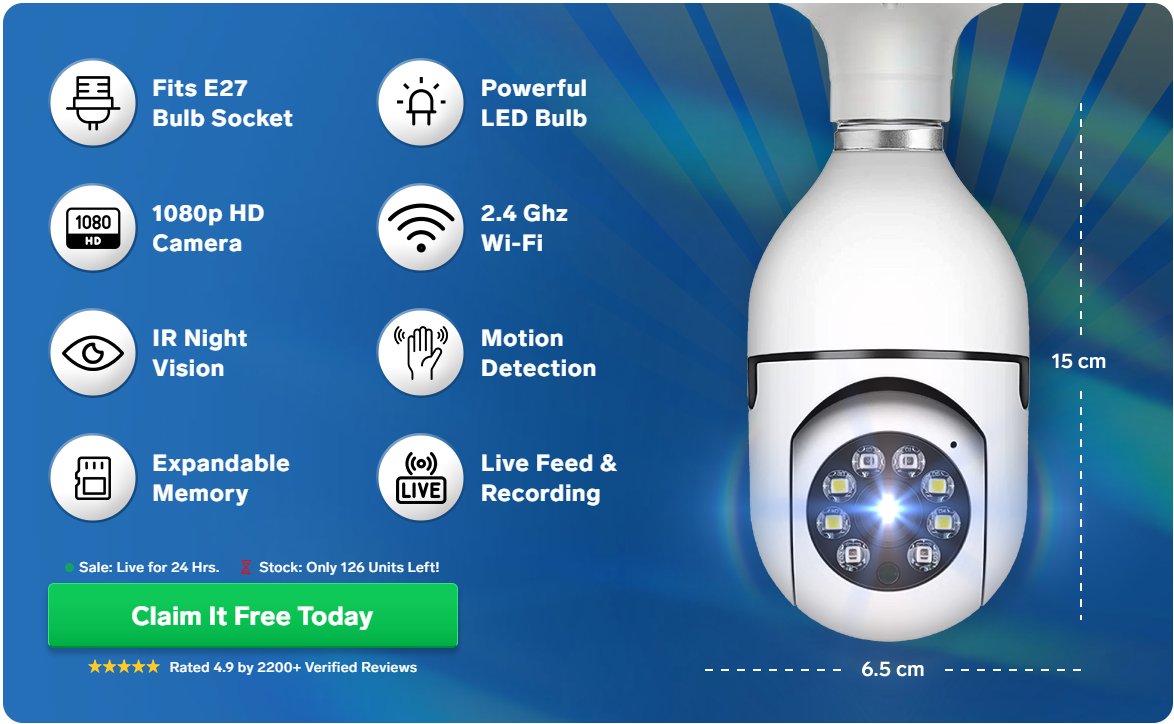High Rise Drone Reviews, Features, Specifications, Price – 50% Instant Off
The use of drones has revolutionized many industries, from agriculture to filmmaking, and now, they are making their mark in the construction industry. High rise drones, in particular, are being used to inspect, survey, and even build skyscrapers. In this article, we will delve deeper into the world of high rise drones and explore their potential in the construction industry.
What are High Rise Drones?
High rise drones are unmanned aerial vehicles (UAVs) designed to operate at high altitudes, specifically for construction purposes. They are equipped with high-resolution cameras and sensors that allow them to perform tasks such as aerial surveys, inspections, and even construction work. These drones are specially designed to withstand high winds, low temperatures, and harsh weather conditions, making them ideal for use in high-altitude construction projects.
The Advantages of High Rise Drones in Construction
There are many benefits to using high rise drones in construction projects. For starters, they can significantly reduce the time and cost of building a high-rise building. Aerial surveys and inspections that would typically take days or even weeks can be completed in a matter of hours using high rise drones. This not only saves time but also reduces the risk of human error.
Additionally, high rise drones can access areas that are difficult or dangerous for humans to reach. For example, drones can inspect the exterior of a building for damage or defects without requiring workers to scale the building, which can be dangerous and time-consuming. This not only improves safety but also increases efficiency and accuracy.
Another advantage of high rise drones is that they can provide a bird’s eye view of the construction site, allowing engineers and architects to monitor progress and make adjustments as needed. This can be especially helpful in large-scale construction projects, where it can be difficult to keep track of every detail.
High rise drones can also improve communication and collaboration among team members. Real-time data and imagery captured by drones can be shared among team members, enabling them to make informed decisions quickly and efficiently.
Applications of High Rise Drones in Construction
High rise drones have a wide range of applications in the construction industry. Let’s take a closer look at some of the ways they are being used today:
- Aerial surveys and inspections
High rise drones can be used to conduct aerial surveys and inspections of construction sites, buildings, and other structures. They can capture high-resolution images and videos of the site, which can be used to create 3D models and maps. This data can then be used to identify potential issues, such as cracks or other damage, and to plan repairs or renovations.
- Building maintenance
High rise drones can also be used for building maintenance tasks, such as cleaning windows or painting the exterior. This can be especially helpful for high-rise buildings, where it can be challenging to access certain areas.
- Construction monitoring
High rise drones can monitor construction sites in real-time, capturing footage of the work as it progresses. This can be useful for tracking progress, identifying potential issues, and making adjustments as needed.
- Safety inspections
High rise drones can perform safety inspections of high-rise buildings, bridges, and other structures. They can identify potential hazards, such as loose bolts or damaged concrete, and provide detailed reports to engineers and other professionals.
- Construction work
Finally, high rise drones can even be used for construction work. They can be equipped with tools and equipment, such as drills or saws, and used to perform tasks such as drilling or cutting. This can be especially helpful for hard-to-reach areas where traditional tools would be difficult or impossible to use.
Challenges and Limitations
While high rise drones have many benefits, there are also some challenges and limitations to their use. One of the biggest challenges is the need for specialized equipment and training. High rise drones
